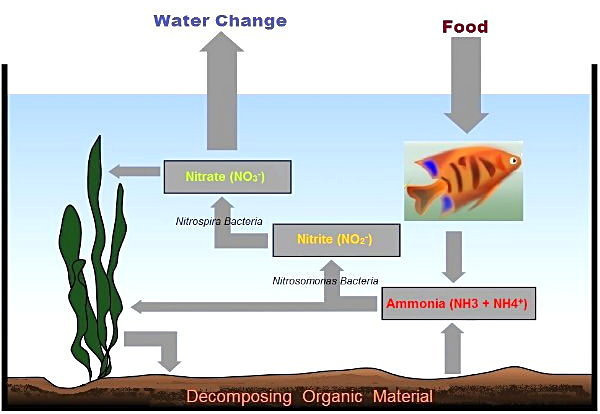Bettas are best kept on their own, they don't need or want tank mates.
And all the other fish mentioned so far need a bigger tank than 10 gallons. A betta on his or her own in a 10 gallon tank would be perfect. If you want other fish, you need another, bigger tank.
I have looked at one of those links, and the information on them on that site is terrible. I don't live in the US but from what I read on here, anything Petsmart says, either the staff in the shop or their website, should not be believed.
This is the best site for researching fish species and their needs

www.seriouslyfish.com
Going back to Petsmart, the video on the glofish danio page shows someone setting up the tank, adding a bacterial starter then putting fish in the tank. This is not how to set up a tank. It needs to be cycled before any fish are put in a tank - and by cycling, I mean growing 2 colonies of bacteria. Bottled bacteria can speed up a cycle but none of them cycle a tank instantly.
Cycling Your First Fresh Water Tank What is Cycling and Why is it Important? Fish waste, and especially fish breathing, plus uneaten food and other organic matter breaking down in a tank all produce Ammonia. This can quickly become toxic to fish if it is allowed to build up to any measurable...

www.fishforums.net
Or get some live plants, especially floating plants, wait until you know they are actively growing then get fish.
www.seriouslyfish.com

www.fishforums.net


